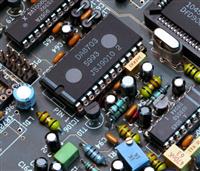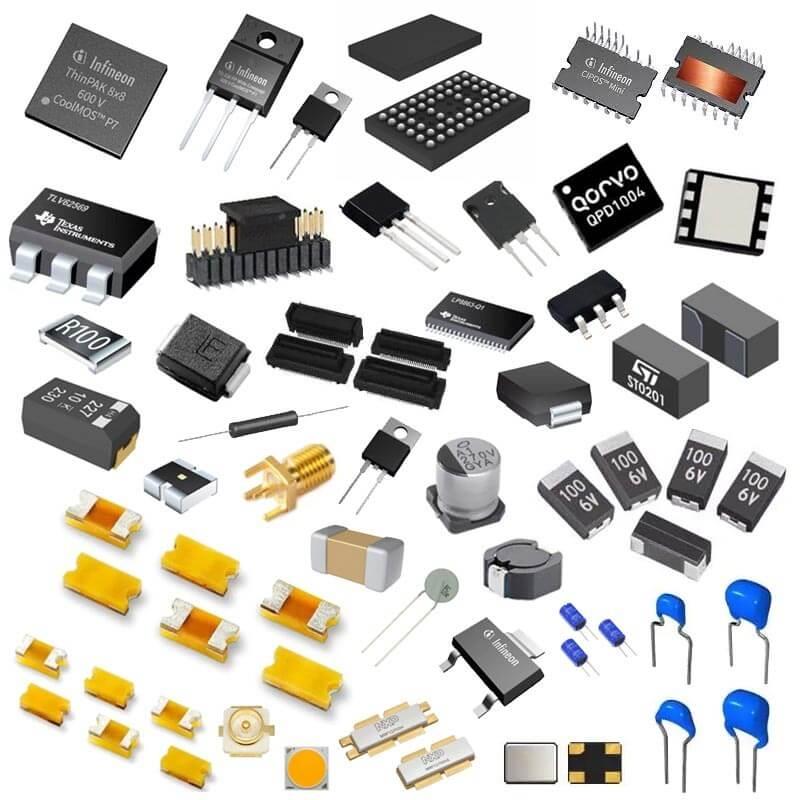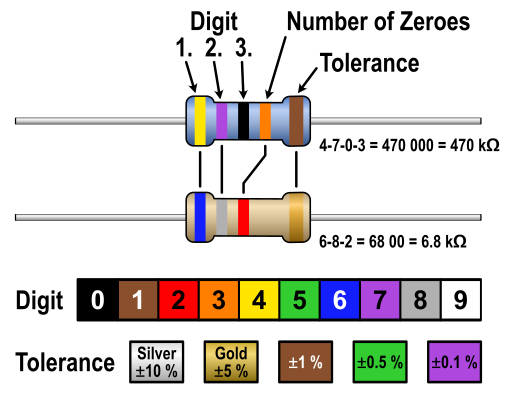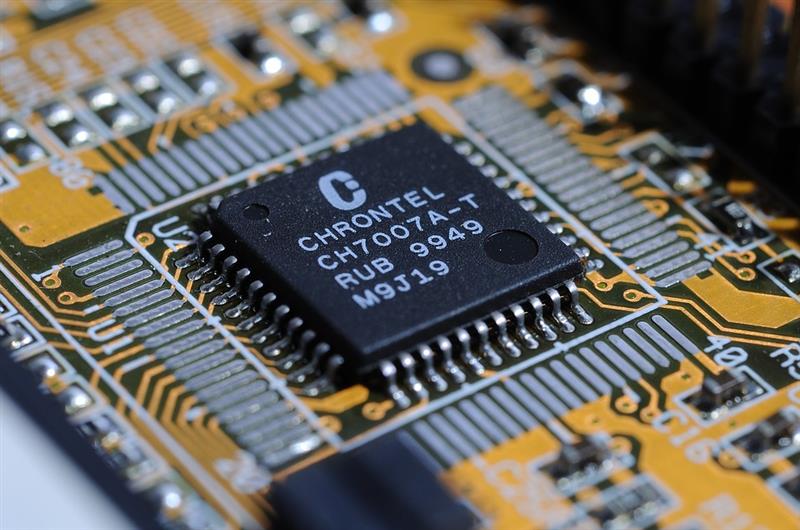
What Are Commonly Used Components on PCBs?
The PCBs are the physical support of electronic components and the carrier for their electrical interconnection. The components on a PCB work together to form the basic parts of an electronic system. Depending on the devices a PCB is designed for, different components are used for different projects. As electronics products are becoming more and more complex with greater functionality, knowledge of components becomes essential. In this article, we will have a look at some common components used on a PCB.
Types of electronics components
Technically there are 2 kinds of components, passive and active components based on their functionality. Passive components refer to electronic components that do not affect the basic characteristics of the signal and only allow the signal to pass without modification. They do not need any form of electrical power to operate. Instead, active components depend on an external power source for their operation.
1. Passive components: resistors, capacitors, inductors, transformers
1.1 Resistors
Resistors are one of the most-used components. They hinder the flow of current through a circuit. Resistors come in many different physical sizes, shapes, and values. Among those resistors, the most favored one by the beginners and hobbyists is the ‘axial’ style resistors that have leads on both long ends and colored bands on the body to indicate resistance value, tolerance, and sometimes even temperature coefficient of the resistors.
1.2 Capacitors
Two conductive plates separated by an insulating dielectric comprise a capacitor. Capacitors store electrical charge temporarily and deliver it elsewhere in a circuit when needed. Their capacitance is a measure of how much charge they can hold. Capacitors are available in a multitude of different types but we mainly classify them based on their dielectric material. The denser the dielectric material is, the more electrical charge a capacitor can store.
1.3 Inductors
Inductors are considered as one of the three passive linear components of the circuit board. The other two are capacitors and resistors. An inductor consists of an insulated wire wound into a coil. When current flows through the coil, it creates a magnetic field that stores energy. If the flowing current through the inductance coil changes, the coil will induce an electromotive force. As a result, inductors oppose any changes in current through them.
1.4 Diodes
The primary function of diodes is to allow the electric current to flow in only one direction. Current can flow from the anode (+) terminal to the cathode (-) terminal, and vice versa. This is achieved by having infinite resistance in one direction and zero resistance in the other direction. One of the most popular diodes is LEDs that are used to emit light.
1.5 Transformers
Transformers can transfer electrical energy from one circuit to another, with an increase or decrease in voltage. Similar to the inductor, a transformer consists of an iron core (or magnetic core) with two or more coils of wire wound around it. The wire-wound that is connected to the power supply is the primary coil. The remaining are called secondary coils, through which the electrical energy can flow.
2. Active components: transistors, ICs
2.1 Transistors
Transistors are regarded as the basic building blocks that regulate the operation of almost all modern electronic circuits. They are semiconductor devices commonly used as electrical switches and amplifiers. Transistors can be packaged individually, but nowadays you may find billions of transistors embedded in a single integrated circuit.
2.2 ICs (Integrated circuits)
IC, also called microchip, or chip, is an electronic device that interconnects many other components and wiring required in a circuit. It is built upon small or several small semiconductor wafers or dielectric substrates as a single unit with circuit functions. This feature allows us to make the most advanced smart devices and revolutionary supercomputers.
Common package types of ICs
2.2.1 DIP (Dual in-line packages)
DIP is an electronic component package that has two parallel rows of electrical connecting pins with a rectangular housing. The package may be through-hole mounted to a PCB or inserted in a socket. It is also used in breadboards which are used for teaching, development design, or component design.
2.2.2 SMD packages(Surface mount device)
With the improvement of production technology, surface mount technology (SMT) emerged which has brought smaller components and new chip packages. This packaged IC has small pins and can be directly soldered onto the PCBs. Some common SMD packages include Small-Outline (SOP), Quad Flat Packages (QFP), and so on.
2.2.3 BGA(Ball Grid Array)
Ball Grid Array (BGA) is a type of surface mount technology applied to ICs. It is usually used to permanently mount the devices such as microprocessors. BGA package can provide more pins than the dual in-line or flat package. The whole bottom surface of the device can be used, instead of just the perimeter. Compared to the perimeter-only package, BGA has a shorter average trace length, so as to have better performance at high speed.
Electronics components part number and datasheet
Almost all the components are identified with their respective manufacturer part numbers. They also have their datasheet to explain the performance, specifications, features, design reference, and other technical information about the components. Before selecting a component for an electronic circuit, you’d better do some research on its datasheet to avoid possible issues.
Types of PCB Assembly
The components can be placed on the PCBs in different ways, either through Through-hole technology or Surface mount technology (SMT). The through-hole method is to insert the components onto the PCBs via wire leads, while the surface-mounting method, as the name suggests, allows the components to be mounted directly onto the surface of the board and especially on both sides. The SMT process is automatic and computerized, which not only reduces time and cost but also offers greater reliability for the final products. As the electronics products become more and more complex while coming in smaller and lighter sizes, SMT has largely replaced Through-hole technology and become a preferred method of PCB assembly.
Conclusion
PCBs are the basis of almost all electronics and the electronics components give the circuit unique qualities so that it can function as intended. To build an electronic project, you need to understand the function of a component and how to use it. Comprehensive knowledge of the parts also facilitates your PCB Assembly process.
PCBgogo is a top PCB & PCB assembly manufacturer in China with over 10 years of experience. The Turnkey PCB assembly service they offer includes PCB manufacturing, PCB assembly, components sourcing, and also quick-turn prototype PCB assembly. Owing 4 factories with entirely automatic and computerized SMT assembly workshops, they can meet your needs from prototype to small-batch production. Send your PCB files and BOM to service@pcbgogo.com and get a quote today.








